Ever wondered why Europeans behave so differently? Have you ever been baffled by the customs and traditions of those across the pond? As an American, I know how confusing it can be to witness these strange phenomena in Europe. And that’s what this article is all about: 10 peculiarities that are unique to European culture – from their use of public transportation to their take on coffee. Whether it’s your first time visiting or simply curious as to how they do things over there, this piece will give you a fascinating insight into some of the more bizarre aspects of life in Europe. So join me as I explore these ten weird and wonderful happenings!
More Open Sexuality
I think one of the biggest things that stands out to me as strange from an American perspective when it comes to Europe is their more open attitude towards sexuality. It’s not uncommon in many European countries for people to be more accepting of varying types and expressions of sexuality, including homosexuality. In some places, there are even laws against discrimination based on sexual orientation! This level of acceptance and support isn’t something you typically find in the U.S., which can make it a bit shocking at first glance.

It’s pretty fascinating how different societies have such wildly different ways of looking at sex and sexuality – something I hadn’t thought about before visiting Europe. For instance, it could still feel slightly taboo or frowned upon in America to discuss certain aspects of sex openly, where people aren’t afraid to talk about these kinds of topics without fear or judgment. There seems to be much less shame associated with sexuality in general, which I find refreshing and eye-opening.
The openness that exists around this subject matter has allowed Europeans to become very progressive when it comes to issues like same-sex marriage rights, contraception access, and abortion laws. This kind of forward-thinking is inspiring – although there’s still progress left to be made for all members of society to be equally heard and respected no matter their gender identity or sexual orientation. With fewer stigmas attached to being who they truly are, hopefully, more people will feel empowered by their own identities…moving us closer toward true equality among all genders and orientations worldwide.
Fewer Homeless People
In comparison to the United States, there are far fewer homeless people present in European cities. This can be particularly jarring for a visitor coming from America where homelessness is much more visible and common.
One thing that immediately struck me when visiting various countries throughout Europe was how few beggars were lining city streets and sidewalks. No doubt this contributes to a different atmosphere; one of relative prosperity compared to what many Americans are used to seeing at home. It’s easy to forget just how lucky we have it here until you visit places where something as basic as finding shelter isn’t such an issue.
The reality is that not all countries in the world are blessed with resources or access to good housing so easily taken for granted elsewhere. The fact that Europeans enjoy greater security against homelessness than those living in other parts of the world should make us pause and reflect on our privilege.
Taking Off Your Shoes
I found something really strange when I first came to Europe from America. Everywhere we went, people were taking their shoes off! It was like they had some sort of sixth sense that told them it was time to slip into something more comfortable – in this case, bare feet! At first, I thought it might just be a cultural thing, but after doing some research I discovered the custom has been around for centuries and is practiced all over Europe.
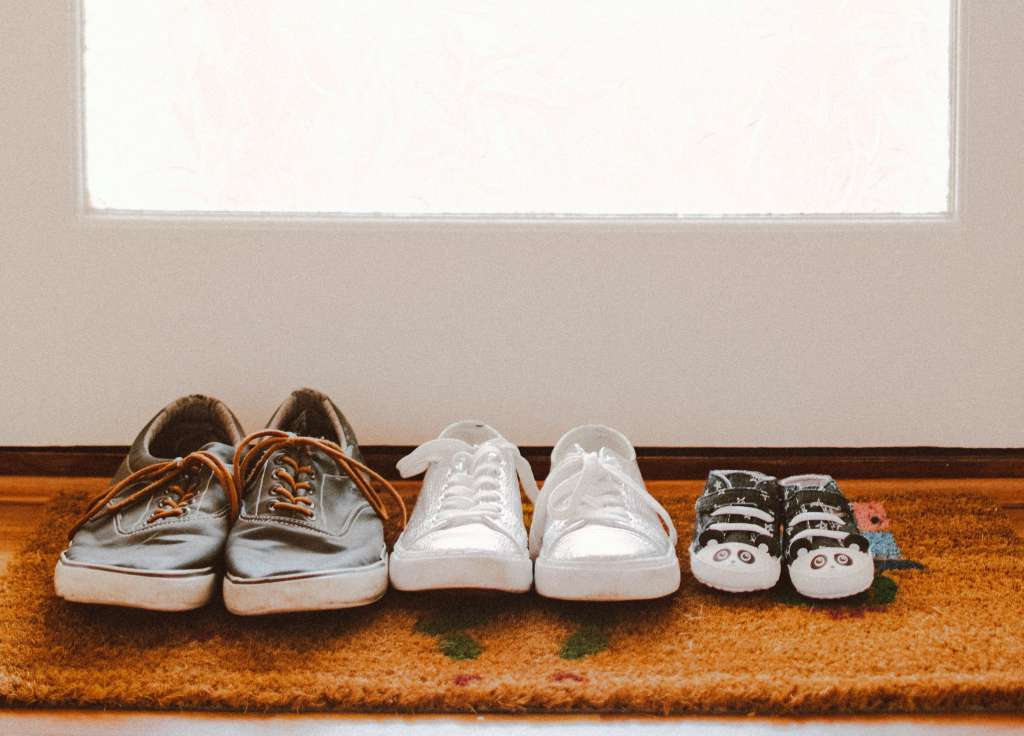
What’s odd about this tradition is how many places require you to do it. When visiting someone’s home or entering certain religious buildings, you’ll almost always be asked to remove your shoes before going inside. And if you don’t take them off, chances are you won’t get very far! The idea behind the practice seems to be rooted in hygiene and respect; by removing our shoes at the door we keep dirt out of the house and show courtesy towards our hosts.
It still takes me aback now and again when somebody asks me to take my shoes off before coming in. But as I’ve become more familiar with European customs, I’m starting to understand why so many people choose not to wear their shoes indoors here. There’s even a certain comfort associated with being able to kick back and relax without any footwear on! As weird as it may seem at first glance, taking off one’s shoes can be quite liberating – both literally and figuratively speaking!
Children Freer To Move Around
It is a strange phenomenon for many Americans in Europe to witness—children are often freer to move around unsupervised. It’s difficult not to be taken aback by this scene after living in an environment where constant supervision was the norm for most kids.
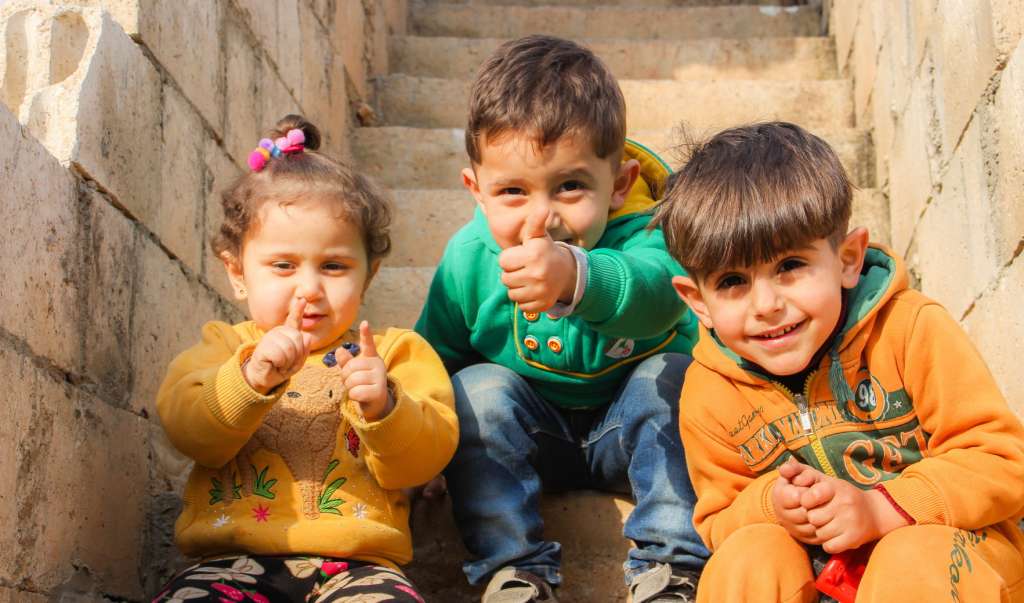
To make matters even more peculiar, it wasn’t just young children that could be seen walking around without adults nearby; teens were also spotted out on their own, something which would surely cause some serious alarm bells back home! The lack of fear or concerns parents had about their child’s safety seemed almost incomprehensible when compared with American standards.
This level of independence amongst children marks a stark contrast from what is expected in the US – making it one of the strangest phenomena Europeans can experience while traveling across the continent. As we look closer at how life differs between countries, we find ourselves face-to-face with another interesting difference: more homogeneous cultures.
More Homogeneous
As an American, I am struck by the homogeneity of culture in Europe. Everywhere you go there is a shared sense of language, food, and religion that binds its citizens together. This stark contrast to the melting pot of cultures found in my home country has been fascinating for me to witness firsthand.
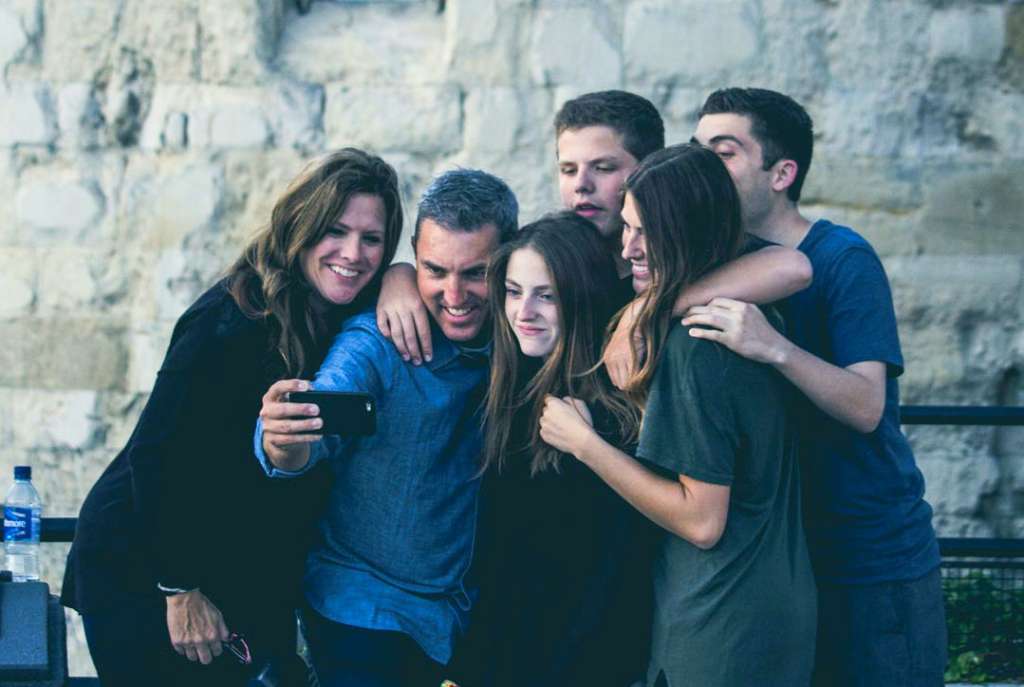
In some ways this can be seen as a strength; it helps create a strong national identity and creates pride amongst citizens over their shared history and heritage. However, it can also lead to stagnation and lack of creativity due to too much similarity across different areas. It may also create more xenophobia between countries since those who don’t fit the criteria set by one country’s population are sometimes looked down upon or even discriminated against.
It was strange for me at first because I’m used to seeing so many different types of people living side-by-side with each other in America–all contributing something unique and valuable to our society. Nevertheless, despite these differences, Europeans have managed to find common ground on which they all stand united, creating a powerful bond between them that is both admirable and awe-inspiring.
Higher Taxes
One of the most peculiar phenomena in Europe that are strange to an American perspective is their higher taxes. From our point of view, taxation can be seen as a burden that limits our freedom and removes money from us without any tangible benefits in return. That said, Europeans don’t seem to have this same objection. They accept high tax rates with relative ease and generally don’t feel overly burdened by them.

What’s more, they enjoy some of the services provided by these taxes such as free healthcare for all citizens or subsidized education for their children. This kind of service isn’t something we’re used to seeing in the United States and it makes us wonder if there could be other benefits to paying higher taxes than just better public services.
The answer may lie in European culture which tends to emphasize mutualism over individualism. While Americans tend to value personal autonomy above everything else, Europeans prefer collective action when possible and this extends into their approach toward taxation too. So while higher taxes might not sound appealing at first glance, perhaps it’s worth considering how many benefits everyone would get out of it if we adopted similar attitudes here in America.
Cheaper Medicines, Healthcare
Well, wouldn’t you know it? After enduring the financial burden of higher taxes in Europe, Americans are often surprised to learn that healthcare and medicines come at a much lower cost. In fact, for many Europeans, access to basic medical care is nearly free! It’s almost as if we expect all parts of life to be expensive.

When an American hears about this level of healthcare affordability coming from across the pond, they may feel both relieved and confused. How can such prices exist when we pay so much more back home? The answer lies within the design of European health systems which use government subsidies to make sure that everyone has access to quality medicine without breaking the bank. This means better care for those who need it most while allowing individuals with fewer resources to remain healthy too.
But wait –there’s more! Many countries have gone even further by introducing cheaper generic versions of popular drugs as well as discounts on over-the-counter medications like aspirin or ibuprofen. As a result, there’s no reason why anyone should suffer due to lack of funds; even if their wallet isn’t full, their cabinet can still be stocked with essential medicines. With these advances in low-cost healthcare providing help where needed, it seems worth taking another look at our approach here in America…
Dress
Growing up in America, I was used to the vast cultural diversity that existed within the country. With each state feeling like its own separate entity, it was hard to imagine how someone could easily identify a “typical” American. However, upon traveling to Europe, I quickly realized that American tourists were often immediately recognizable.
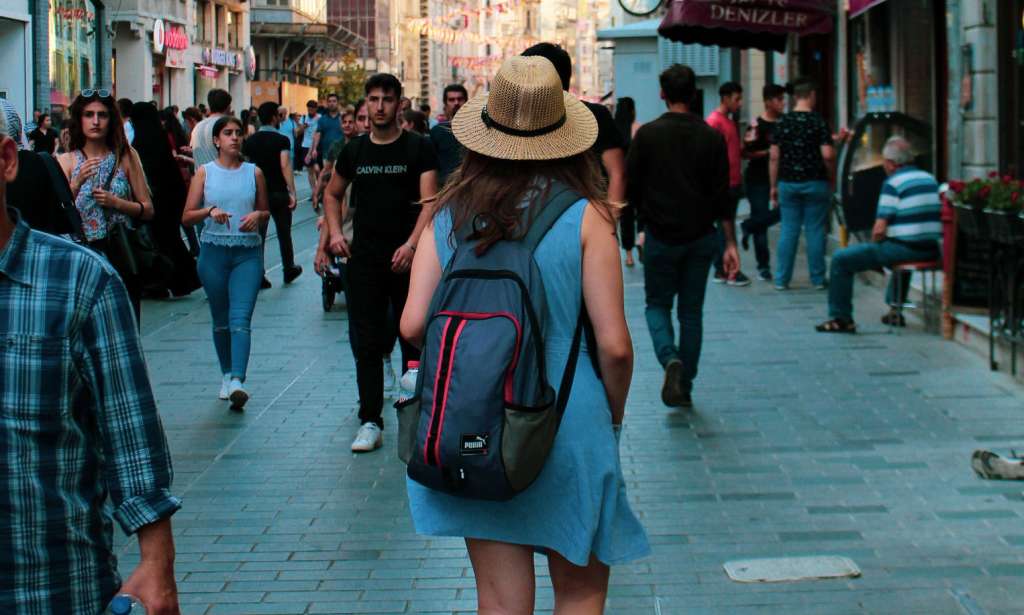
The distinct features that made Americans stand out varied from their accent to their mannerisms, but it was something more intangible that was often identified by the locals. It could be the way they dressed, with bright colors and bold patterns that stood out amidst the more muted tones of European fashion. Alternatively, it could be their volume and enthusiasm, a level of exuberance that seemed out of place in the more reserved European culture.
At first, I felt as though I was being judged or stereotyped based on my nationality, but as I spent more time in Europe, I began to appreciate the ways in which these cultural differences were celebrated. The ways in which we express ourselves, through our dress, speech, and demeanor, are all part of our unique cultural identities. It’s these differences that make travel such a rich and rewarding experience, allowing us to learn from and appreciate the diverse cultures and perspectives that exist around the world.
Openness
I have noticed that, in general, European people tend to be less sensitive than Americans. By sensitivity, I mean the tendency to get easily offended or upset when someone expresses a different point of view or perspective. In my experience, Europeans are more likely to engage in civil and constructive discussions, even when they disagree with someone.
This cultural difference is particularly evident in situations where two individuals hold divergent opinions on a topic. In the United States, it is not uncommon for such discussions to quickly escalate into heated arguments, with both parties becoming defensive and confrontational. On the other hand, Europeans tend to approach such discussions with a more open-minded attitude, seeking to understand the other person’s perspective before presenting their own.

I’ve found a similar pattern in my own home. Everyone is careful not to say anything that might upset or offend the other person. This is not to say that we don’t have disagreements or differing opinions – quite the contrary, in fact. However, we have learned to express ourselves in a respectful and considerate manner, taking care not to make personal attacks or insults.
I believe that this cultural difference can be attributed to several factors. Firstly, the historical and social context of European societies has shaped their citizens to be more resilient and adaptable in the face of adversity. European countries have experienced countless wars, conflicts, and political upheavals over the centuries, which have instilled a sense of stoicism and fortitude in their populations. Secondly, the cultural emphasis on individual responsibility and accountability has led to a greater capacity to tolerate opposing views without taking them personally.
Lack Of Immediacy In Conversation
Growing up in America, it was always natural for me to strike up a conversation with a stranger, especially in a casual setting like a coffee shop or supermarket. Whether it was discussing the weather, commenting on the length of the line, or making small talk about a shared experience like the crowded shop, it felt like a perfectly normal thing to do. In fact, it was almost expected.

When I moved to Europe, however, I quickly realized that this kind of informality was not present in the same way. It was a cultural shock for me to realize that people did not engage in these kinds of casual conversations as much, especially in cities. I remember the first time I told a girl in line that my feet hurt because of my shoes, expecting her to respond with sympathy or perhaps a lighthearted comment. Instead, she looked at me like I was an alien from another planet.
At first, I felt disappointed and even a bit isolated. It was hard to adjust to a social culture where strangers didn’t interact in the same way as they did in America. But as I began to immerse myself in European culture, I started to appreciate the value of this more reserved social approach. I began to understand that Europeans tend to value privacy and personal space more highly than Americans do, and that this kind of formality was simply a reflection of that cultural difference.

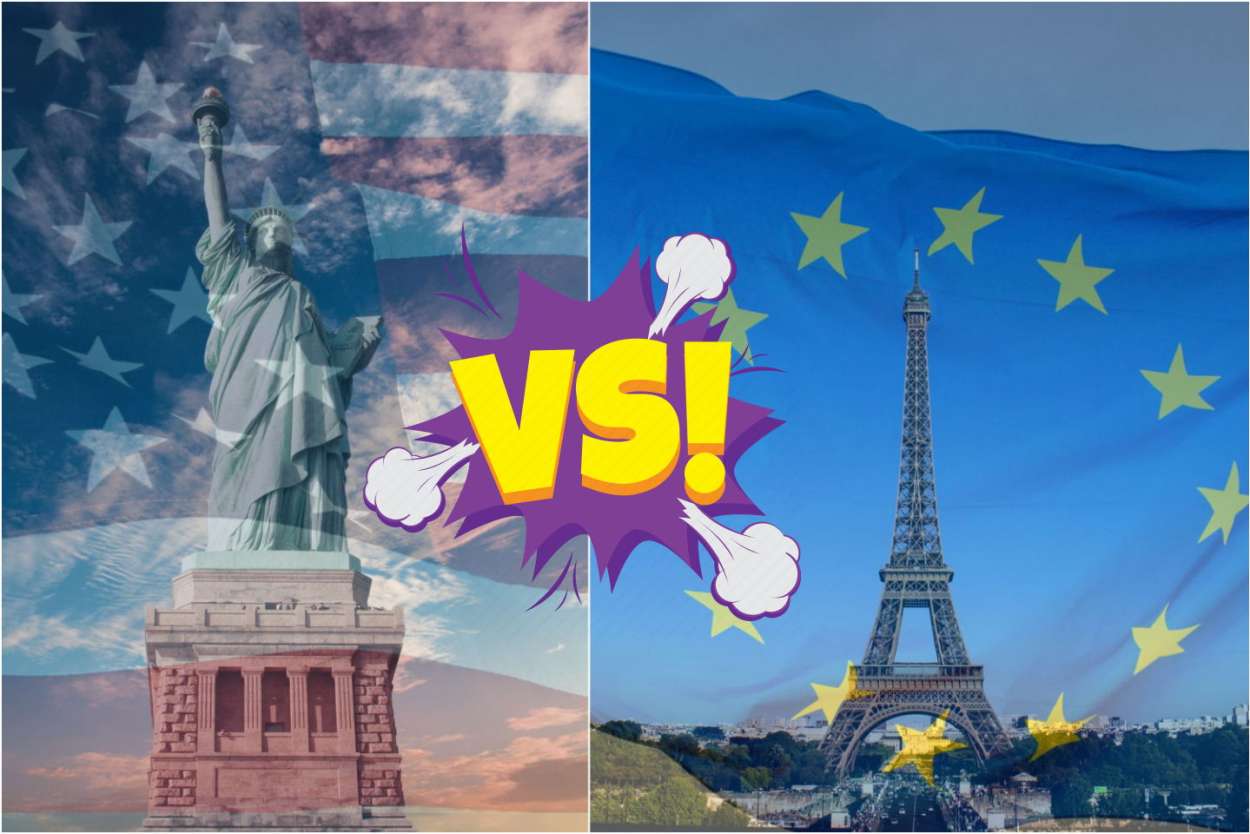
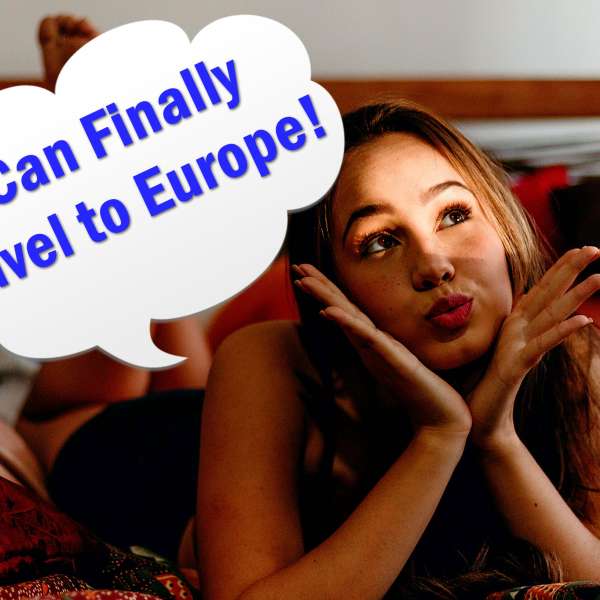







Leave a Comment